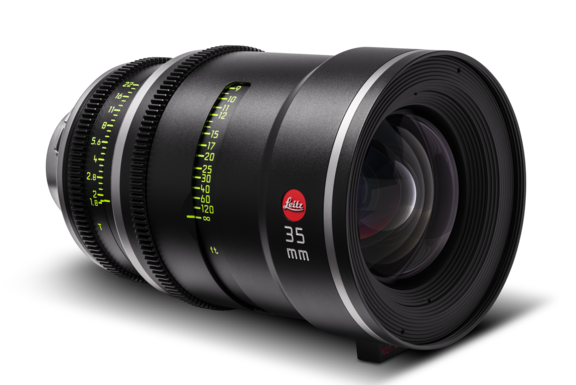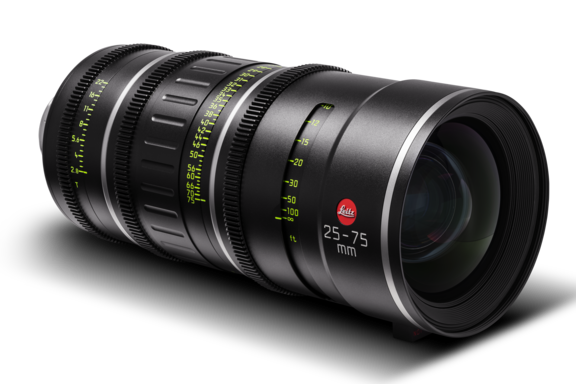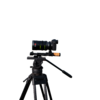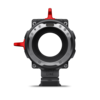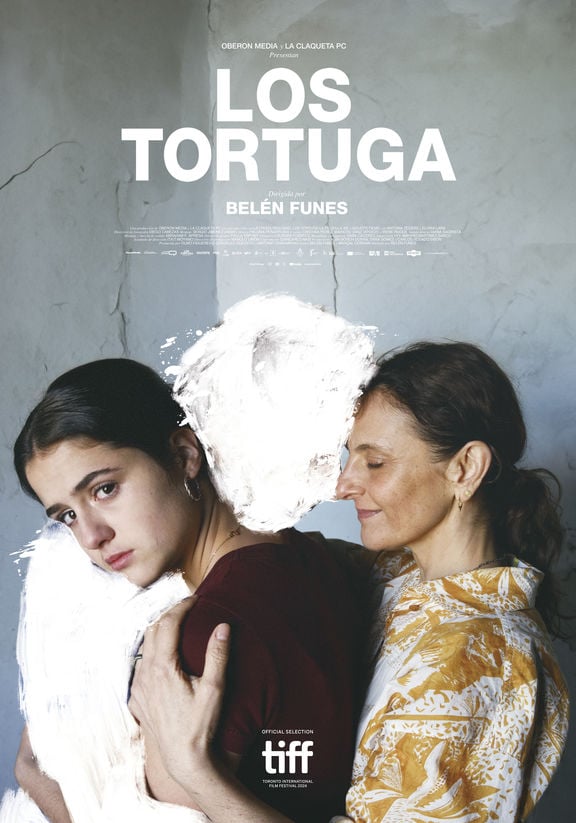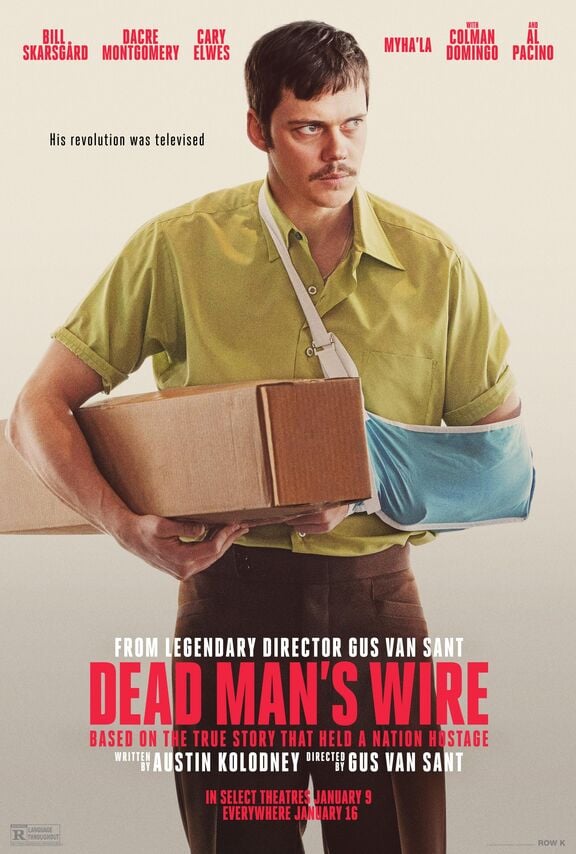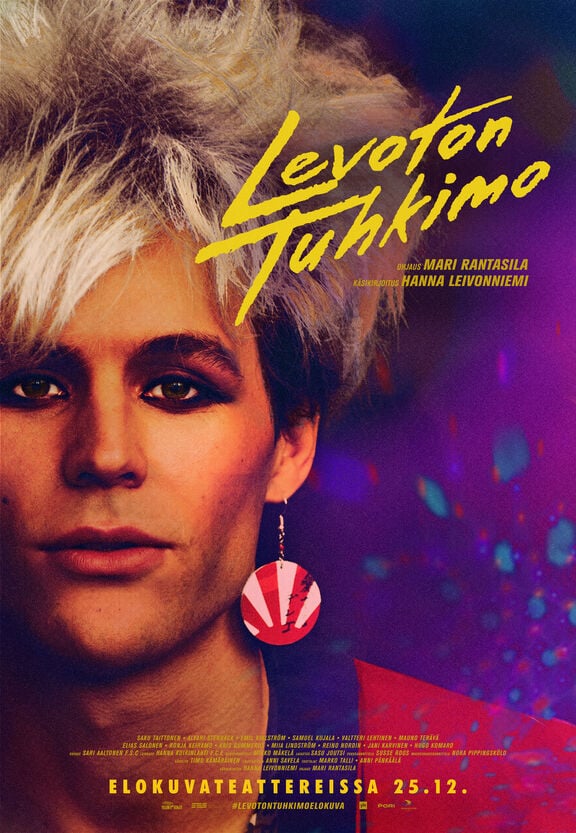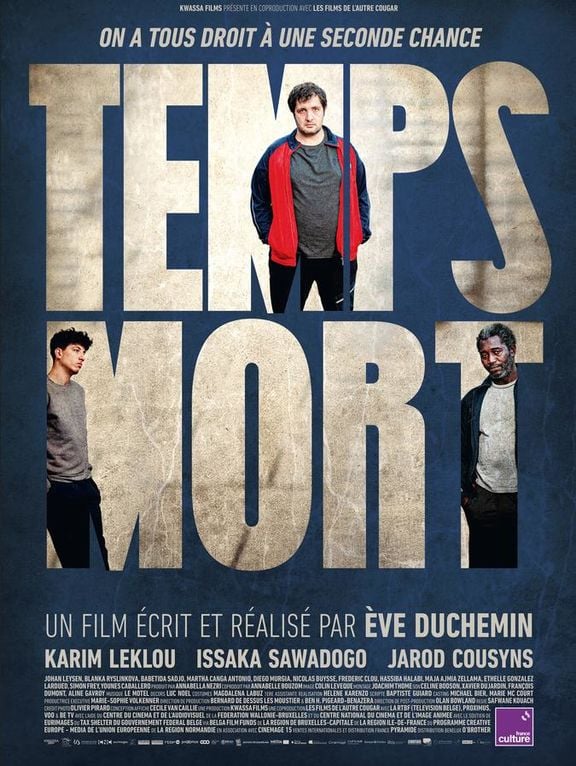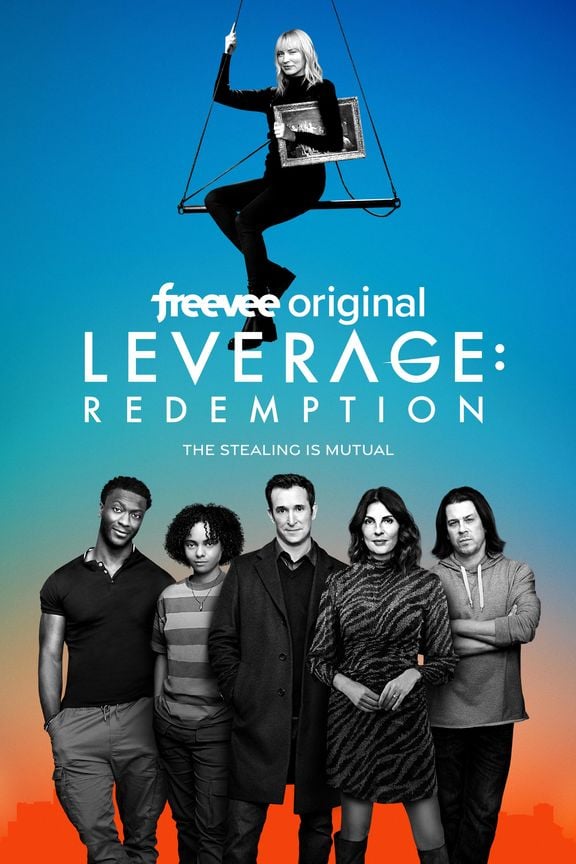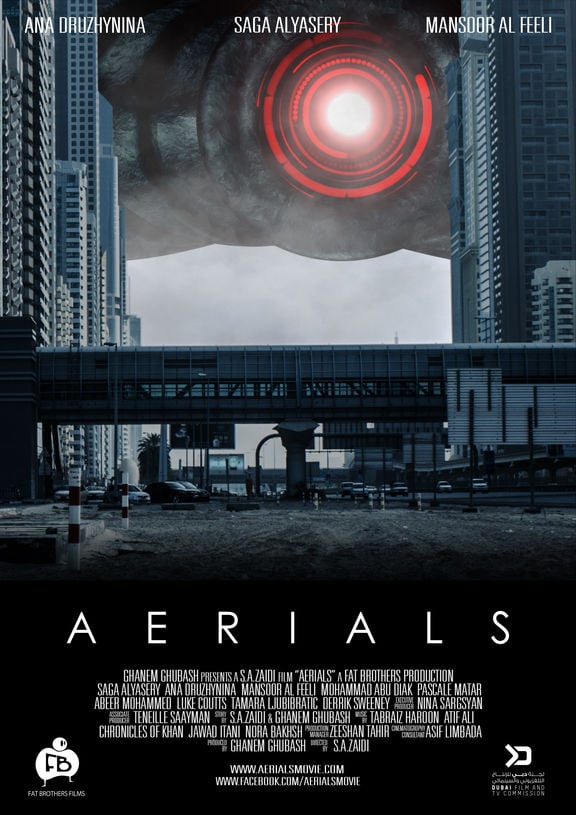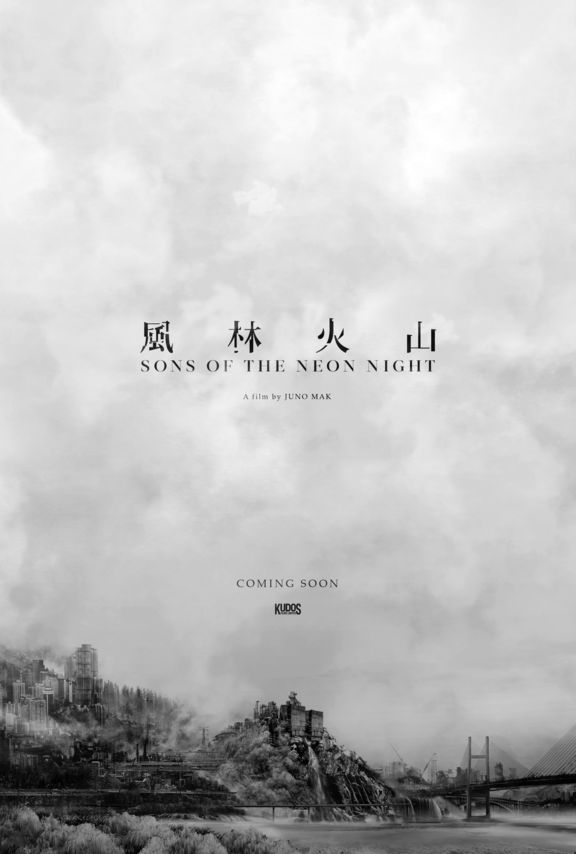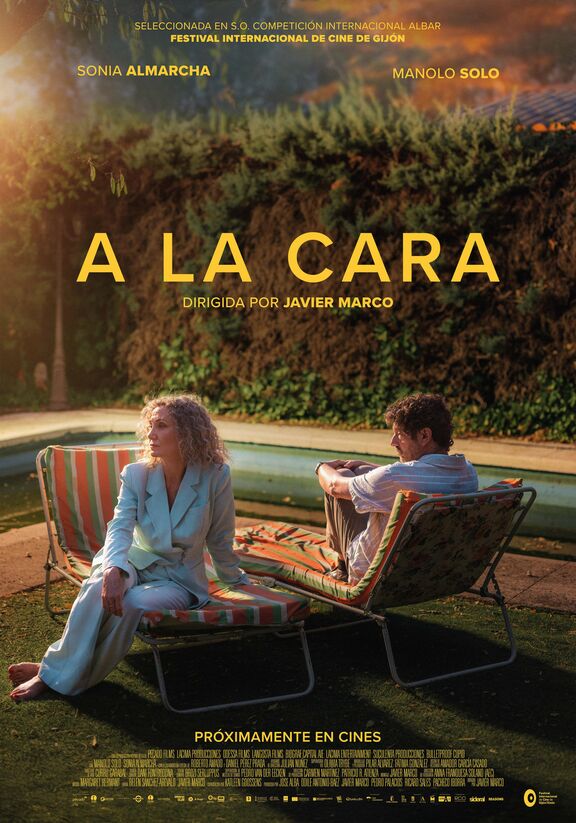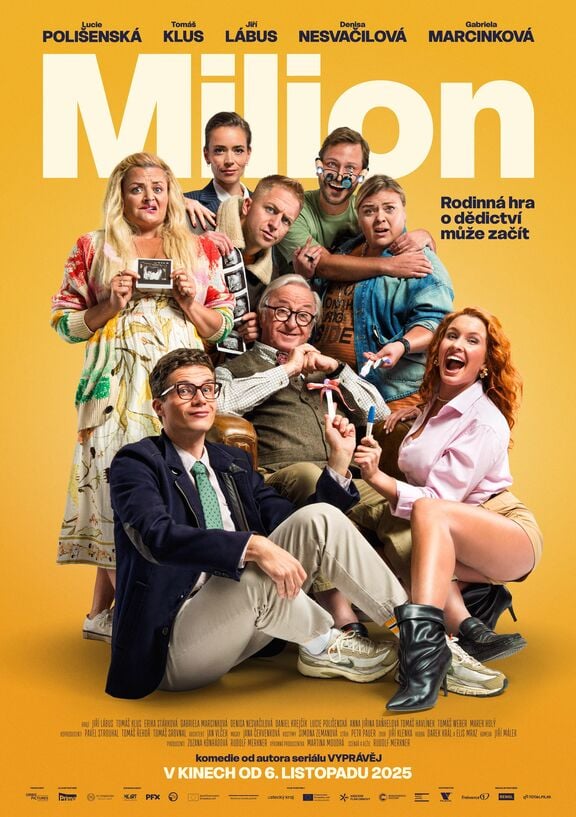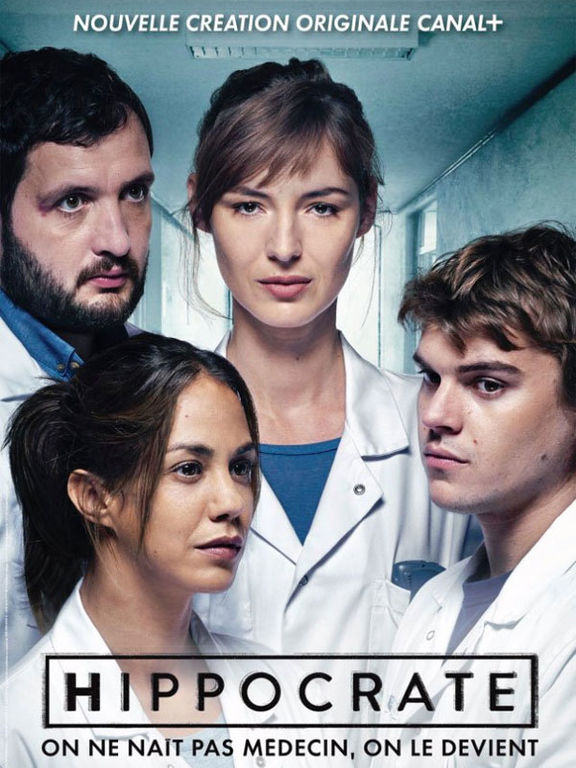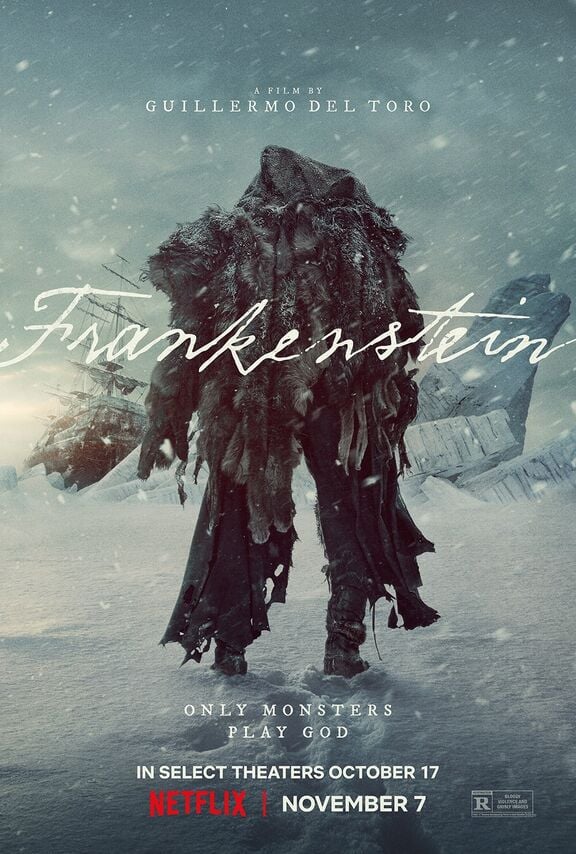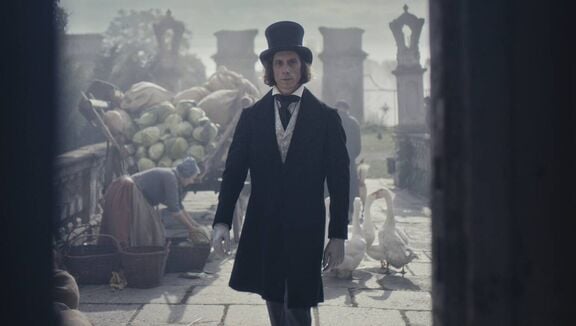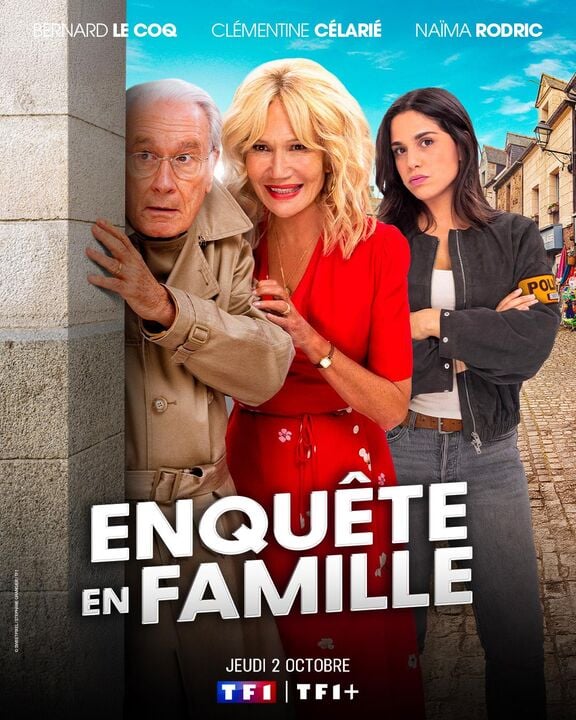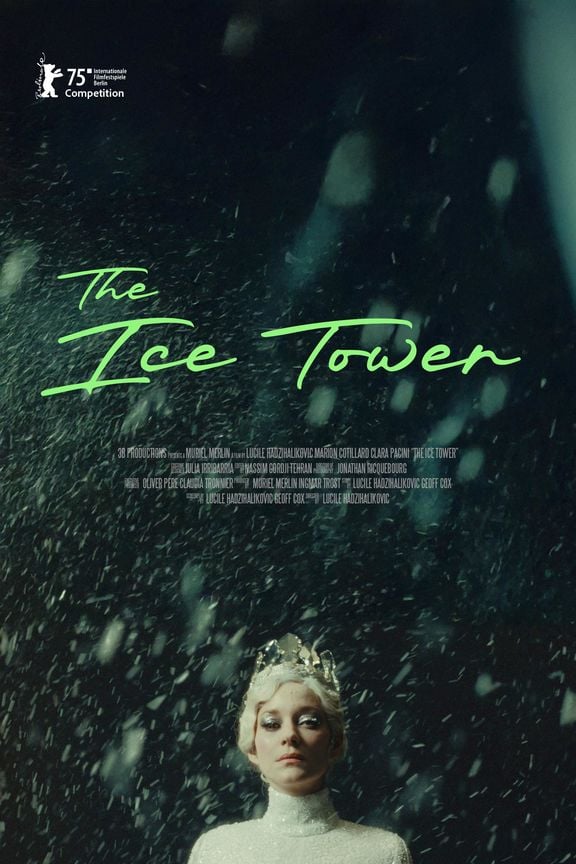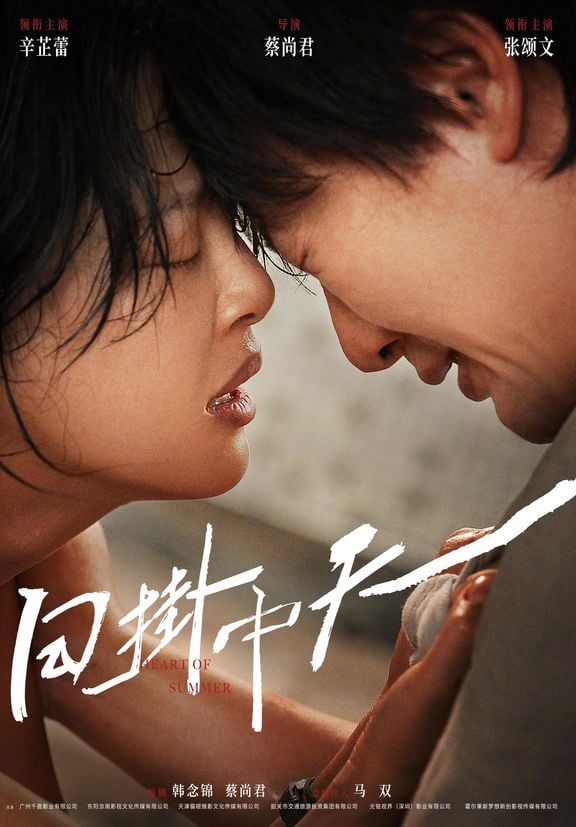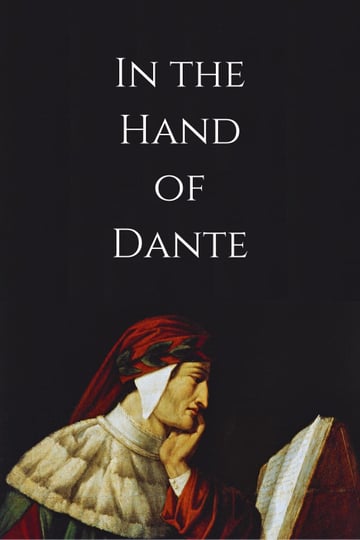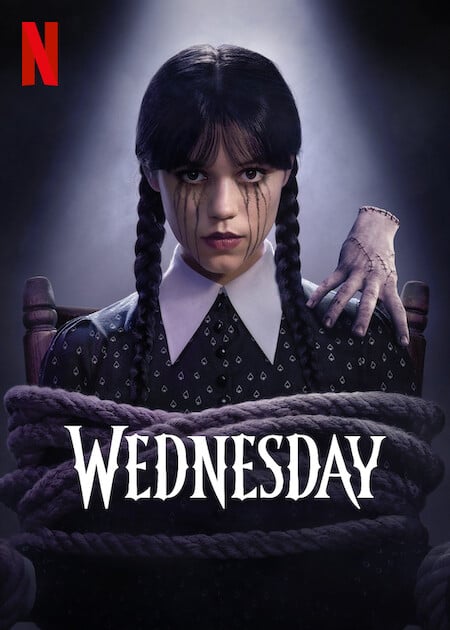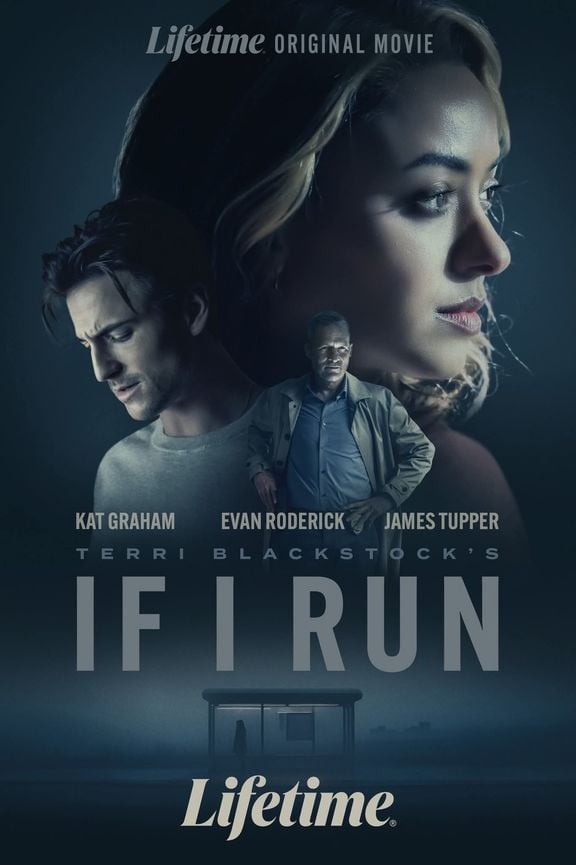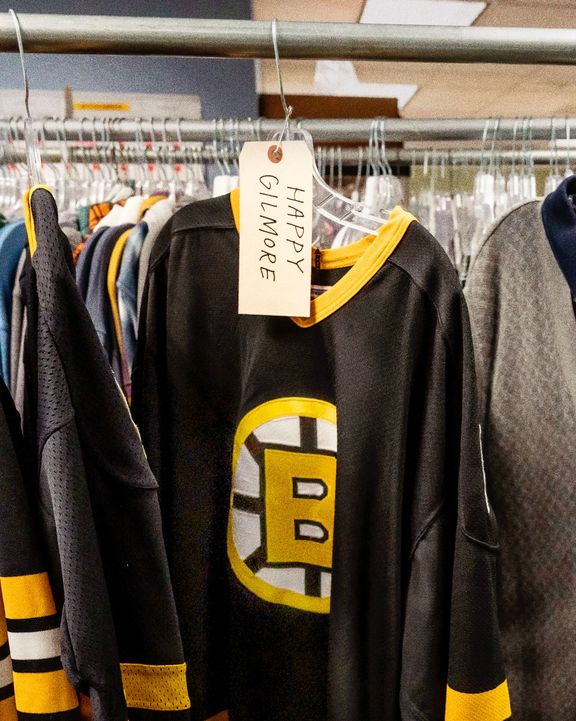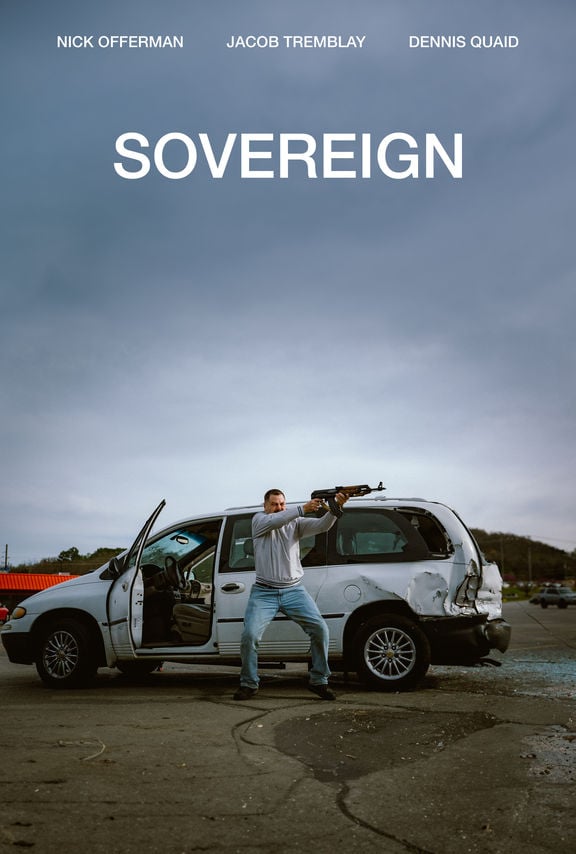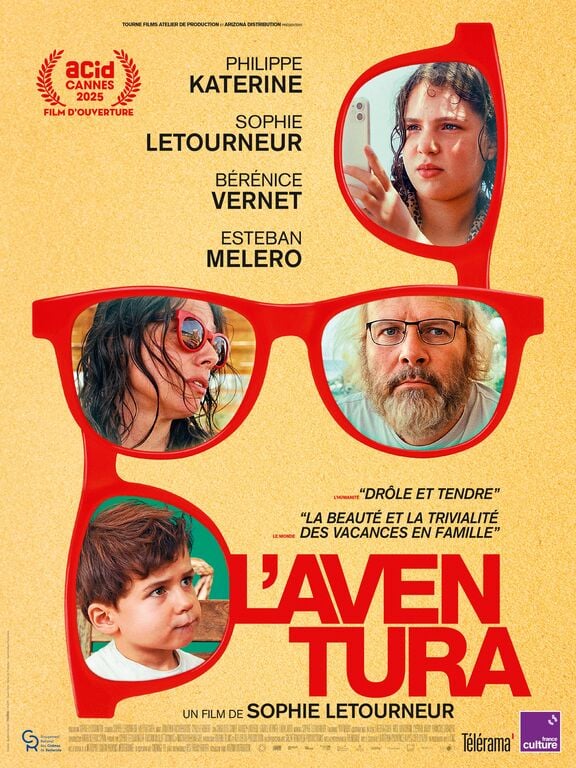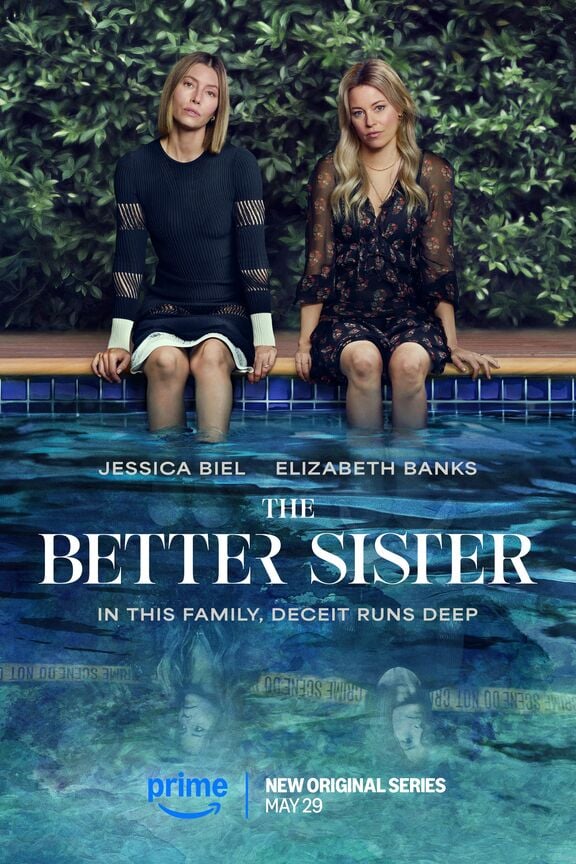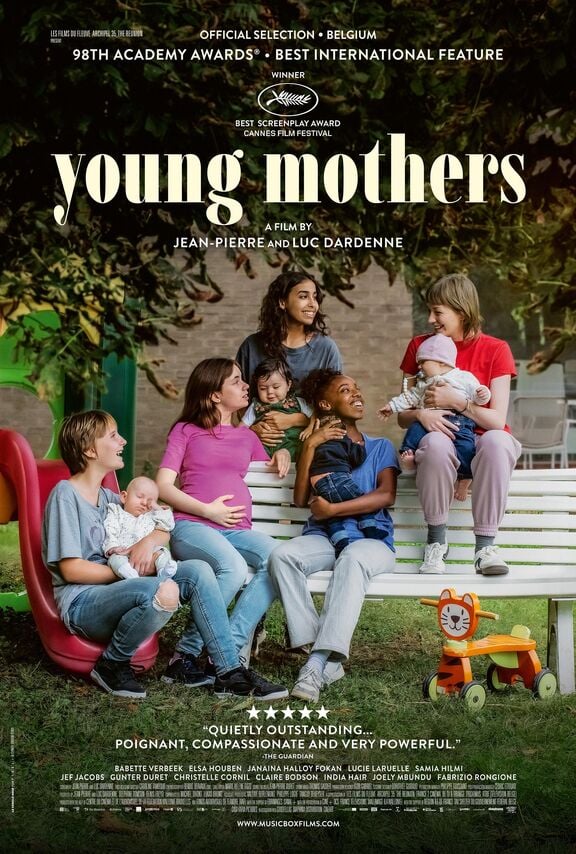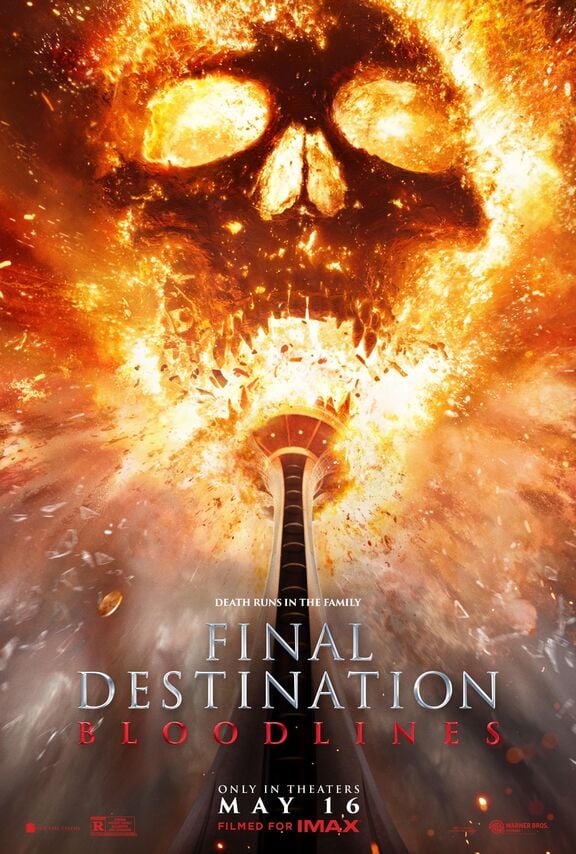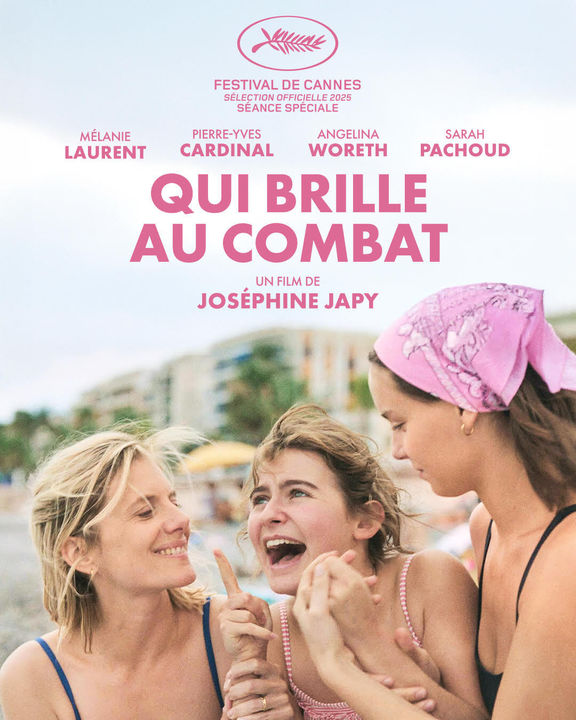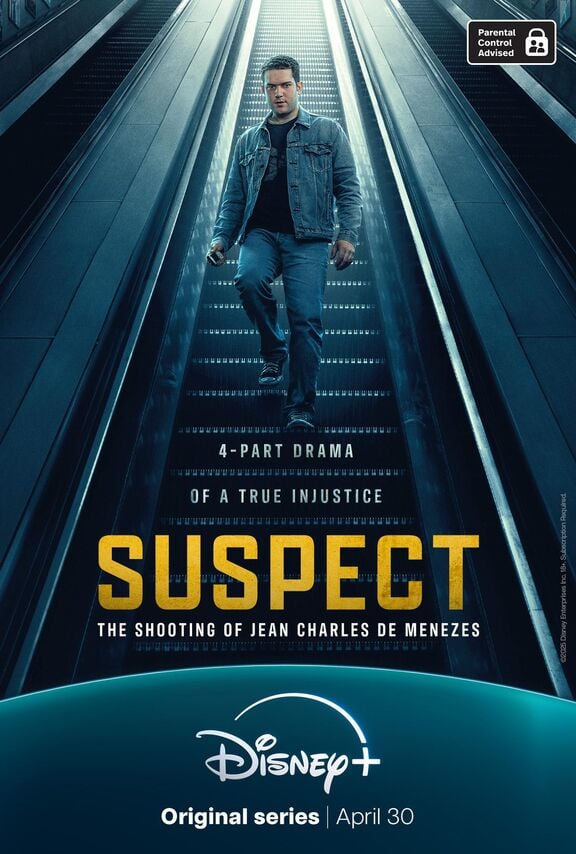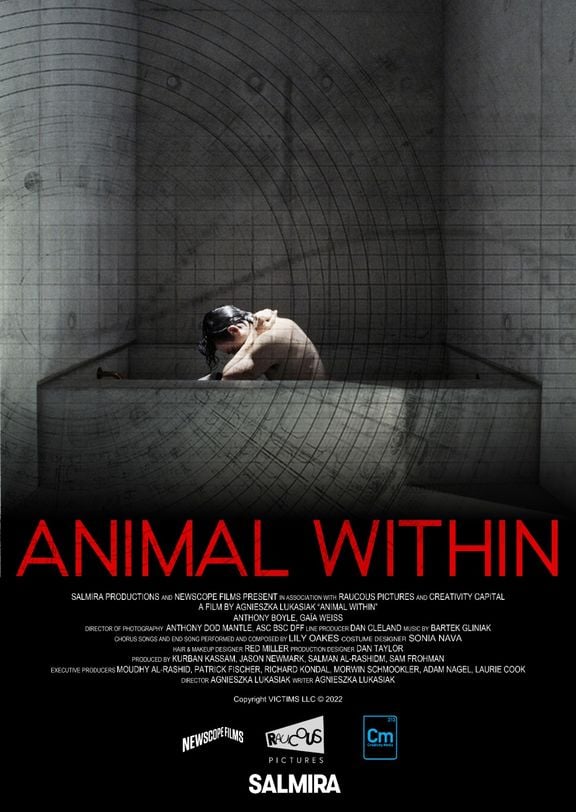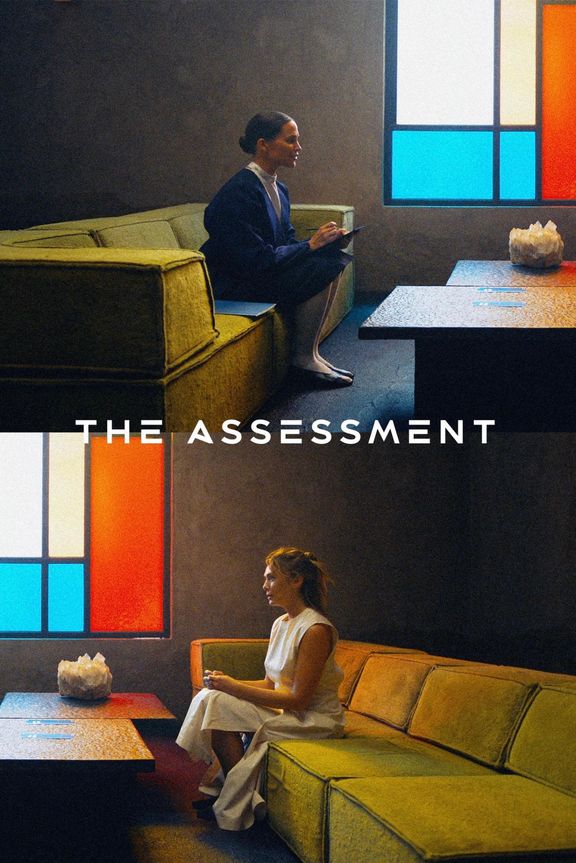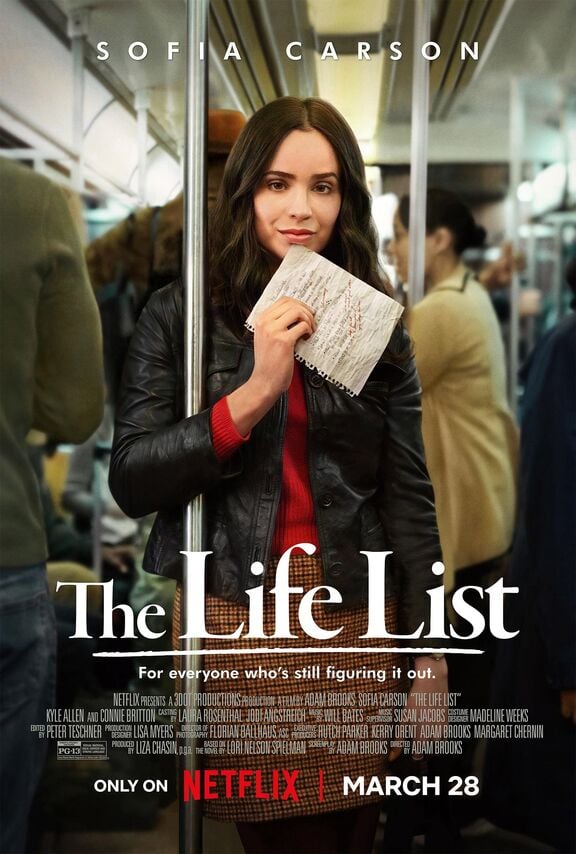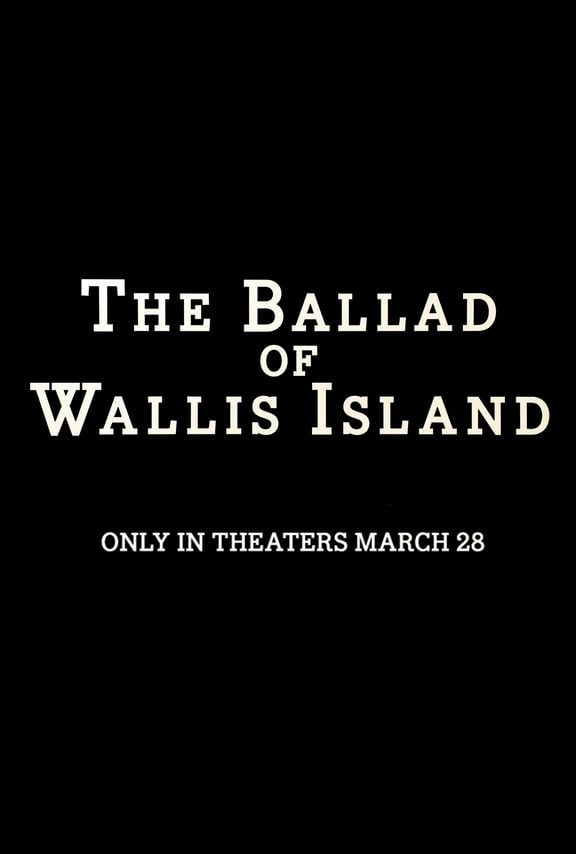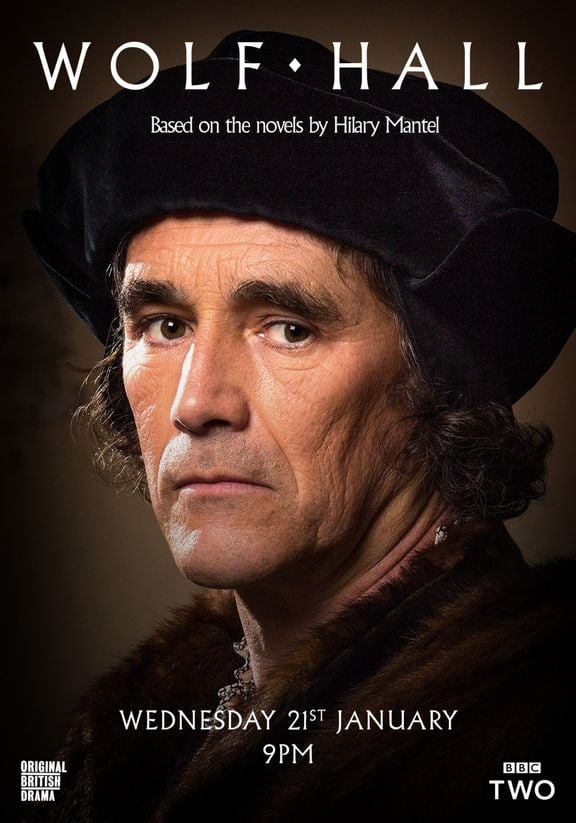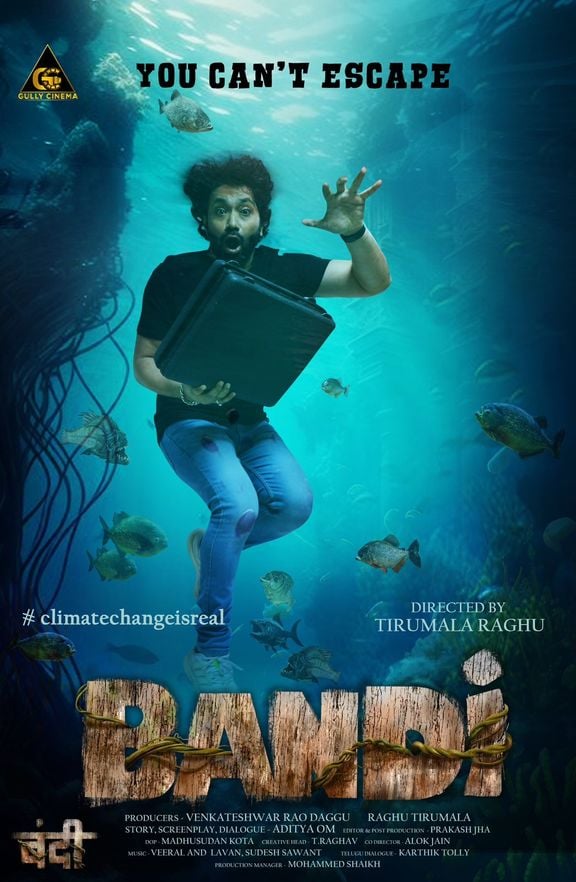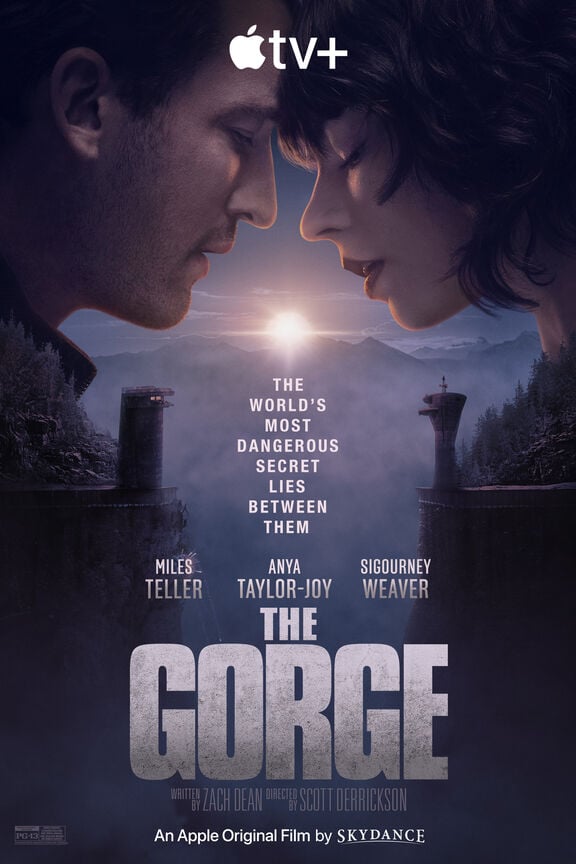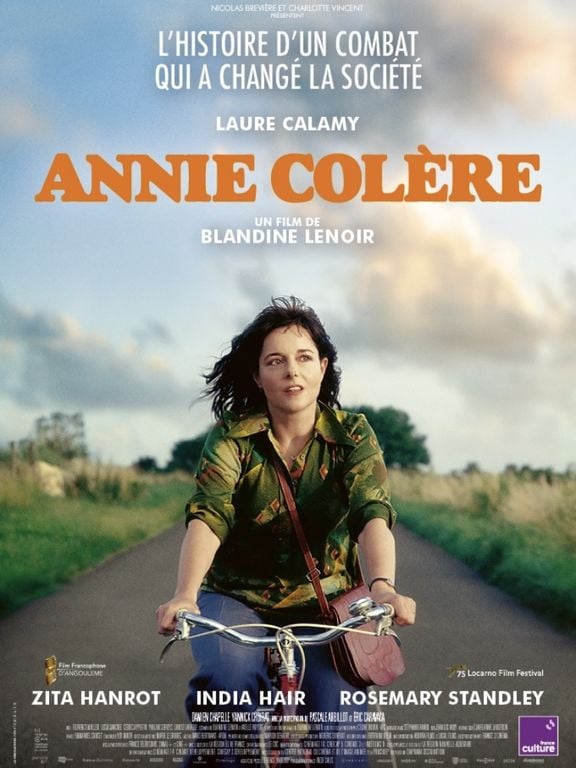
Angry Annie
2022 | movie
DoP Céline Bozon
Director Blandine Lenoir
Leitz lens LEITZ PRIME, LEITZ ZOOM
Production Companies Aurora Films | Local Films | France 3 Cinéma | France Télévisions | Canal+ | Ciné+ | La Région Île-de-France | Cinémage | Cinécap | Indéfilms 9 | Cinéaxe 3
Distribution Diaphana Films | AK Entertainment | AV-Jet International Media | Agora Films | Axia Films | Cinéart | Falcon Pictures | I Wonder Pictures | Lev Cinemas
Awards 2 wins & 3 nominations
Equipment Supplier Transpacam
Country France
Capturing History on LEITZ ZOOMs with Céline Bozon, AFC
The latest film from cinematographer Céline Bozon, AFC, Annie Colère by Blandine Lenoir, allowed her to combine two of her essential pleasures in cinematography: being among the first to film scenes never before seen in cinema and using new technical tools.
Céline Bozon is currently co-president of the AFC (Association of French Cinematographers) and has photographed nearly 30 films in the last 20 years. In 2015 she collaborated on the film "Marguerite and Julien”, which was in official selection at the Cannes Film Festival. She also shot the film "Félicité", which won the Grand Jury Prize at the Berlinale in Germany in 2017.
Annie Colère tells the story of MLAC, a collective dedicated to the freedom and accessibility of birth control and abortion created by women in 1973 and self-dissolved two years later, after the Veil law authorizing the Voluntary Interruption of Pregnancy or abortion was tumultuously passed by the National Assembly. For the film Bozon filmed an actual abortion, something that had never been done before, which was one of the most delicate but essential challenges of this film.
Bozon chose to shoot in 6K and to use the Sony VENICE camera in vintage 1.66:1 format, which is the format of the majority of films shot on celluloid in the twentieth century, and whose ratio is very close to the 24x36mm photography format which is 1.5:1.
It would have been tempting for Bozon to shoot this ensemble film, with Laure Calamy, Josiane Balasko, Zita Hanrot, and India Hair, all on the shoulder, in short focal length, as this jolting of the frame could easily be associated with the fever and enthusiasm of the beginnings of collective movements like the MLAC.
However, she chose the opposite approach by installing a tracking shot during the group scenes utilizing a zoom lens to allow long sequence during which the actors would move freely, and she would follow them as closely as possible. Close collaboration with her chief grip allowed her to invent, in real time, real cinematic shots.
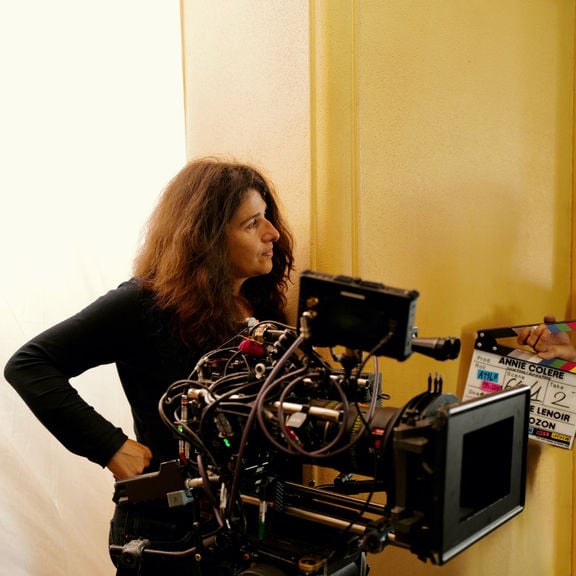
Usually, Bozon is rather "anti-zoom" because she sees too much difference in quality between zooms and prime lenses, but during preproduction tests she was impressed by the LEITZ ZOOMs - the 25-75 mm and the 55-125 mm - which "matched" impeccably with the prime lenses. "They are both defined and soft, crystalline while having a roundness that I like and that compels me." She found in these zooms the Leica "look" that she particularly likes when she shoots with her Leica M6.
The fact that Céline Bozon was one of the first directors of photography to use the LEITZ ZOOMs on a feature film was exciting, especially since she paired them with the LEITZ PRIME series of 13 lenses that Leitz’s Tommaso Vergallo introduced her to and that Transpacam and Franck Graumann put at her disposal.
During testing she discovered the 65 mm LEITZ PRIME, which became her favorite focal length and was used during the few scenes shot handheld. She worked frequently with the 40 mm and the 50 mm LEITZ PRIME as well. Bozon chose to light the scenes rather than rely on the existing light in order to keep the depth of field with T:5.6 aperture so as not to isolate each of the protagonists, which was contrary to the purpose of this collective film. Full aperture at T:2.8 for the zooms and T:1.8 for the LEITZ PRIMEs would have created too much separation. The two seasons of the film, winter, and summer allowed her to develop a diverse palette of light and color.
Her excitement at using the new Leitz lenses was matched only by the emotion, to the point of tears at times, of meeting and filming the courageous activists of the MLAC who made the Veil law possible in France over 50 years ago.
Written by Ariane Damain Vergallo and Seth Emmons
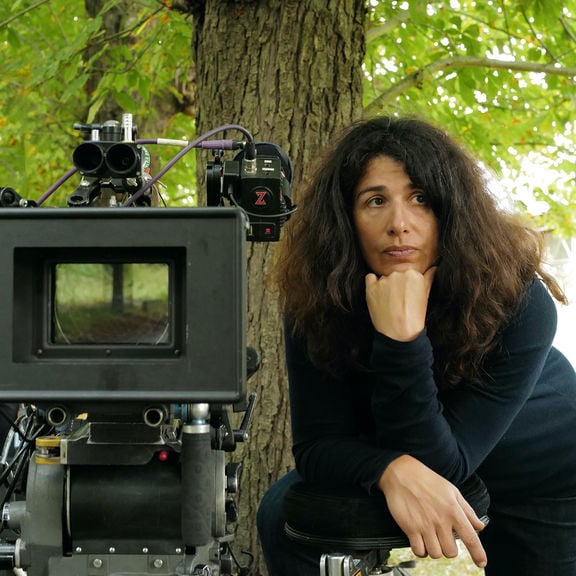
Overview
DoP Céline Bozon
